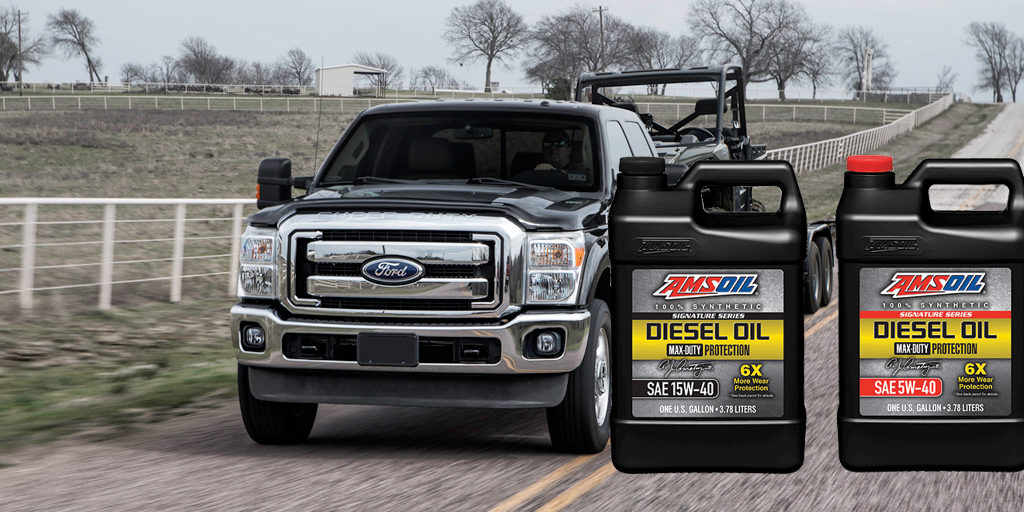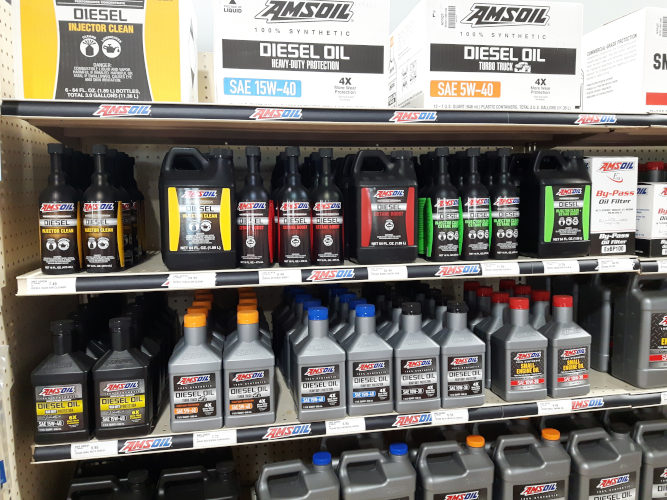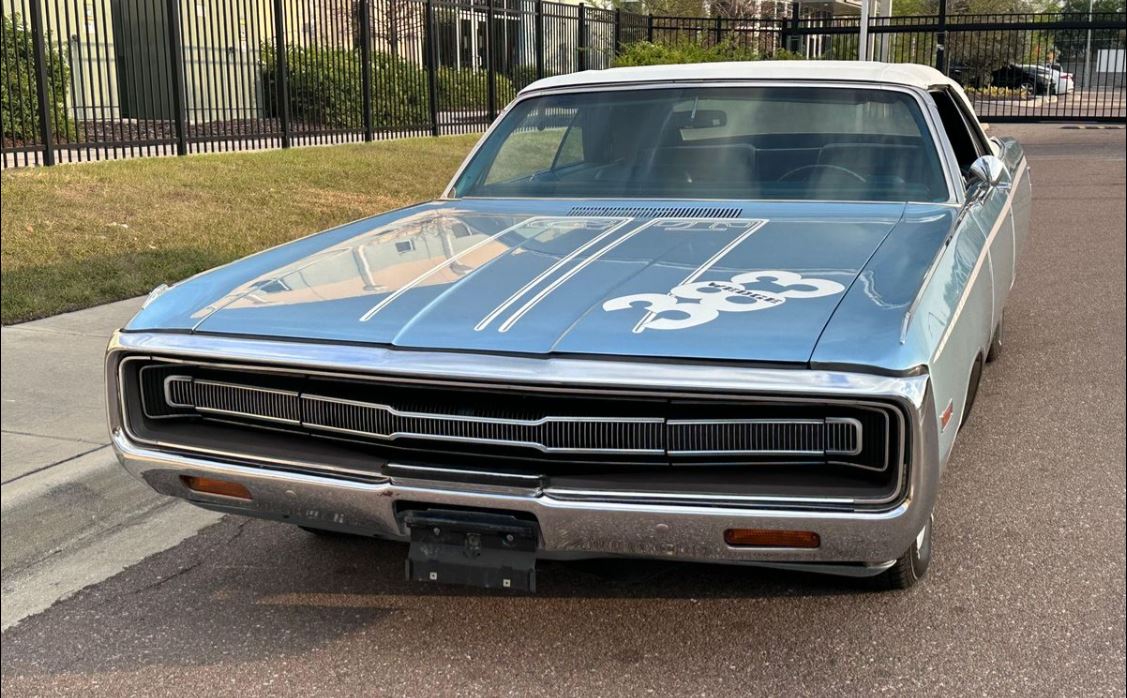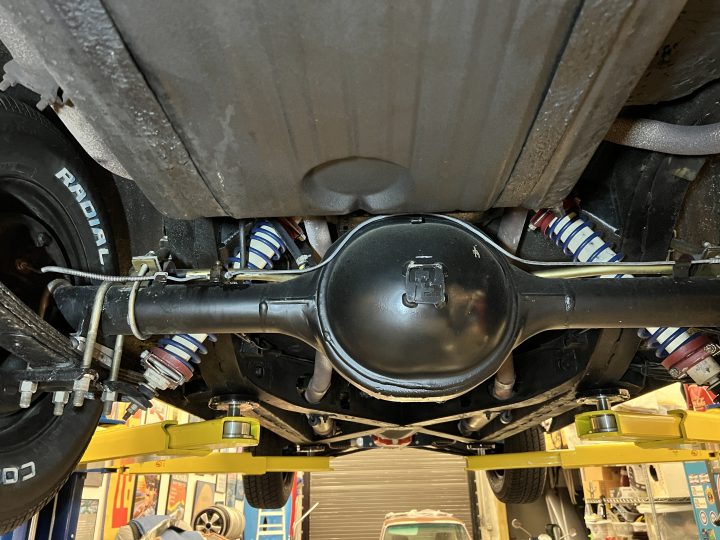World’s Most Powerful Outboard Motors Rely on AMSOIL Seven Marine, maker of the world’s most powerful outboard motors, has a saying: We move the people who move the world. The Germantown, Wis. company designs, builds and sells outboard motors that produce up to an astonishing 627 hp and power some of the fastest and most […]
Propane Tank Deal – FULL while Supplies
I still have a lot of inventory of new, used and refurbished tanks. We fill them when you buy. These are priced way below what the market charges, I just have too many and need to put those funds into our oil business so if you need propane for your grill or garage heater now […]
How do we define “severe service”?
How do we define “severe service”? When pushing our lubricants to their limits, we sometimes find the limits of the test equipment first. Matt Erickson | TECHNICAL MANAGER – PCLT PRODUCTS AND MECHANICAL R&D One of my responsibilities here at AMSOIL is to help develop tests in our mechanical lab designed to push lubricants to […]
How to Test Engine Compression
How to Test Engine Compression John Baker|Mar 13, 2017 2:16 PM Engine compression = engine power. A simple equation even we non-engineers can understand. Compression refers to the pressure your engine generates inside the cylinders while it’s running. How much pressure the engine produces and how well it converts that pressure into usable work influence […]










